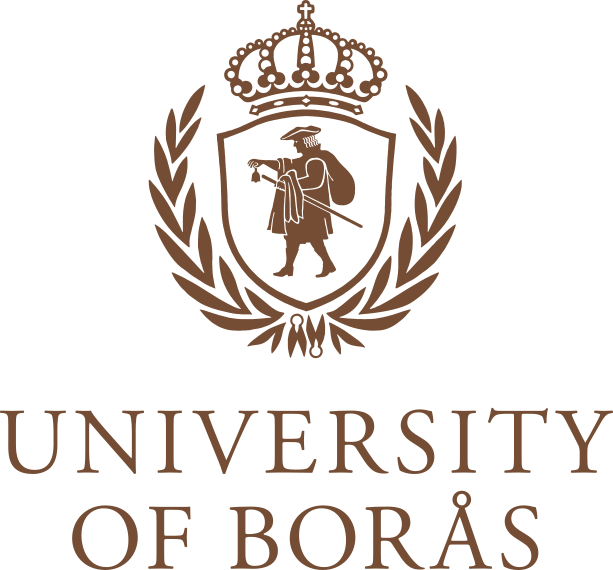Quality assurance work
The purpose of a systematic quality work
In order to ensure quality at the University of Borås, a systematic work in all activities conducted at the university is required. An active participation from management, employees, and students in creating, monitoring and developing quality at all levels is a prerequisite for succeeding in the university's ambitious goals. For everyone to be able to understand their role and responsibility, it must be clear to all parties concerned how the quality assurance work is a consistent part of the university activities.
Information concerning the different parts of the quality process
The following webpages relate to the university's education quality assurance process. The content aims to provide a wider and deeper understanding of how the University of Borås works with the different parts of the quality assurance process.
The information is addressed to all employees at the university; in particular, those who, within the framework of their positions, are directly responsible for or involved in the continuous and systematic quality assurance work.
For information on how the quality work is carried out in practice, see the quality handbooks for education and research respectively in the menu.
The quality assurance work carried out at the university has four key words:
Integrated – Quality in the university activities is achieved in the daily tasks and interactions of the employees and the students. Quality assurance routines are designed in consultation with employees and students so that they experience the benefits of the routines and feel involved and committed in developing the quality of the activities.
Uniform – Quality assurance and quality development procedures are designed in the same way for all research and education programmes unless there are special reasons for differences. The latter gives room for flexibility when needed. Uniformity promotes clarity, efficiency, and legal certainty, and promotes transparency.
Transparent – Openness and transparency must characterize the quality work at the university. The quality policy, the quality assurance system, its procedures and criteria, as well as the results and measures resulting from quality assurance reviews must be easily accessible to employees, students and other stakeholders. Transparency is a prerequisite for understanding how the individual efforts affect and are affected by other parts of the university.
Sharp – The university's quality assurance work must be effective and result in continuous development. Independent external reviews of quality are carried out regularly. Identified strengths and weaknesses are the basis for development work and concrete measures.
Our courses are quality assured!
The University of Borås is one of the first higher education institutions to receive approval in a quality audit.

